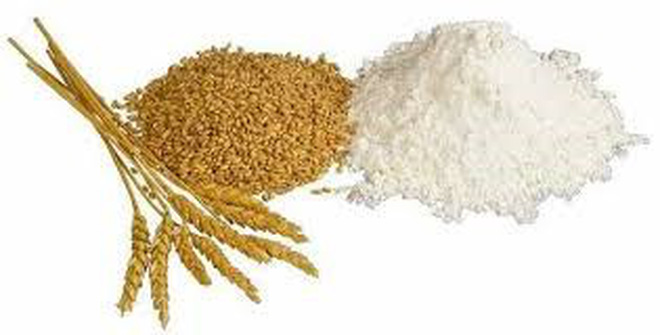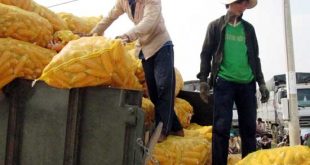
High stockpiles, which pushed Russian wheat exports to record levels in the 2017/18 marketing year, despite declining production in the region. This pushed exports from Ukraine decline.
In general, exports from Russia, Ukraine and Kazakhstan are forecast to fall 3.3% to 50.4 million tons in the next crop, starting July 1.
Wheat volume is exported through the Black Sea region to customers in North Africa and the Middle East.
Russia, Ukraine and Kazakhstan’s wheat output in 2017 is expected to fall 7.5% from the same period last year to 105.8 million tonnes.
Russia’s export-oriented year 2017 hit a record high, despite low crop yields, but was offset by record highs and competitive prices.
“The price of wheat in Russia is $ 10-15 / t cheaper than the wheat of European origin in summer delivery. It is normal for the annual export demand to start on a yearly basis, “said Michel Portier, managing director of Agritel France.
Russia’s wheat export forecast for 2017/18 will reach 28.8 million tonnes, up 4.7 percent from the same period last year, with production expected to fall 6.2 percent to 68 million tonnes. In the current year, the US Department of Agriculture projected that Russian wheat exports would reach 27.5 million tons.
Ukraine’s wheat export forecast for 2017/18 will fall to 14.6 million tonnes from 17.8 million tonnes estimated by the USDA this year, while forecasts for wheat production in 2017 will reach 24.5 million. Million tons, down 8.6% over the same period last year.
Kazakhstan, the largest producer of Central Asian grain, is expected to export 7 million tonnes of wheat, including wheat, up 2.9 percent from a year earlier, wheat output down 11.3 percent. Compared to the same period last year, down to 13.3 million tons.
There is no big change for Kazakhstan, but it could boost exports to Iran, a German trader said.
Crum exports some cereals but the supply is complicated by legal risk, due to the merger by Moscow in 2014.
Among them, the unstable risk of the Russian ruble against the US dollar, as the rupiah rose by 15% over the same period last year, but still far from mid-2014, when the rupiah began to decline. vinegar.
“As the rupee rises, farmers avoid selling. This is the main reason for the surge in stocks, “Portier said.
Traders said the new logistics and regulatory challenges of Russia have limited value-added tax, pushing for risk and possibly affecting domestic purchases. Export restrictions.
The geopolitical situation will also be a factor focusing on Russia’s relations with Turkey over the Syrian crisis and relations with Moscow.
While supplies to Egypt, the world’s largest importer of wheat, are uncertain for traders, due to recent problems surrounding mold, Russia could boost its position in North Africa. , Which could increase market share after the French export this year to decline, said Gabriel Omnes, an analyst at strategie consulting firm Grains.
(According to Reuters)



